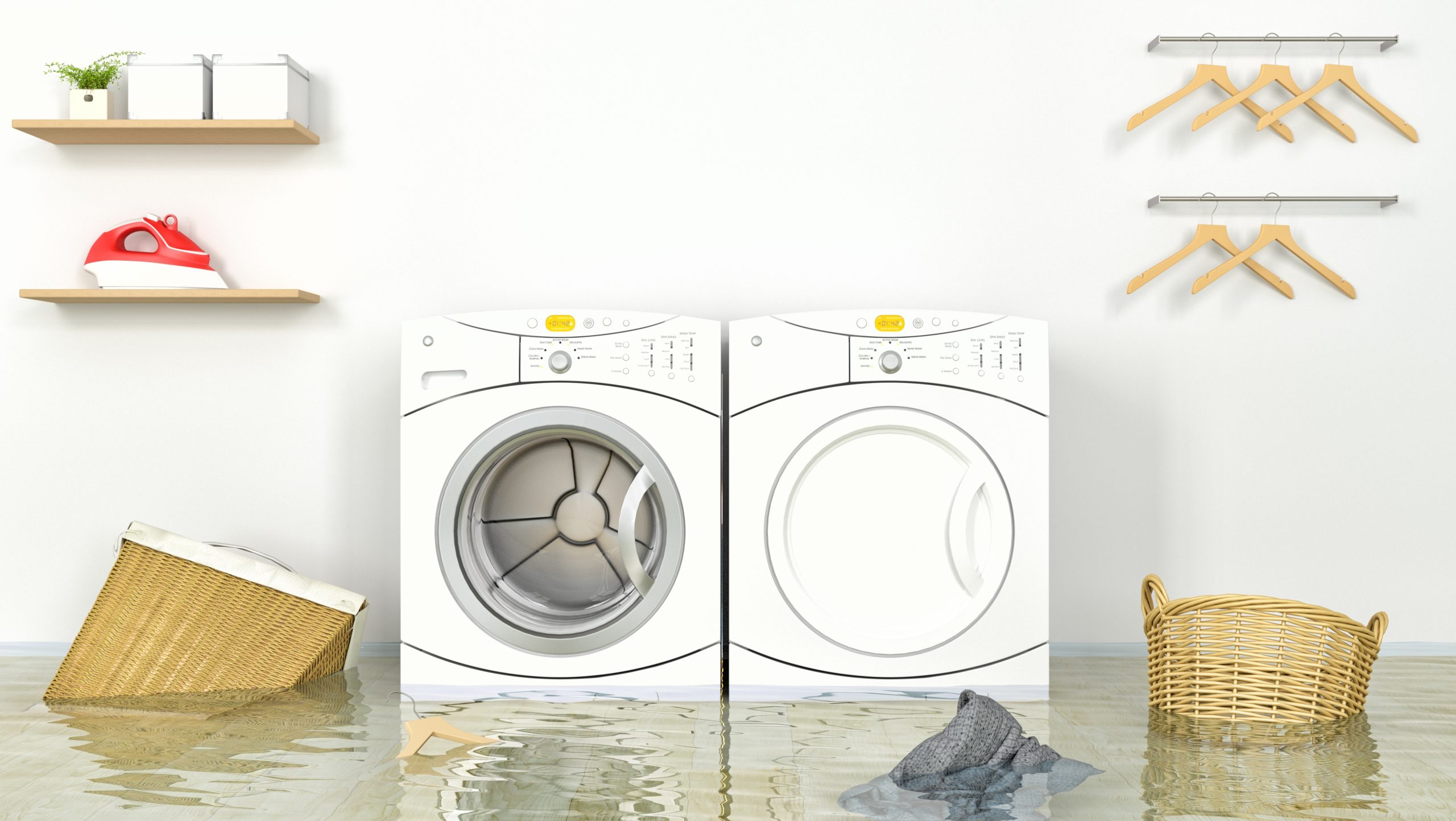Many homeowners rely on a sump pump to keep excess water out of their basement, especially after heavy rains or snow melt during the spring. Proper maintenance of your sump pump is crucial to ensuring that it doesn’t fail when you need it most.
What does a sump pump do?
A sump pump sits in a sump pit in your home’s basement floor and works to keep your basement dry by moving excess water away from the house. A sump pump consists of a basin that holds a strong pump and sensors that detect the water level and pressure. If the water level rises up too high, the pump should activate and move the water away from the house through a discharge pipe. If your sump pump were to fail, you could end up with a flooded basement.
How to properly maintain your sump pump
Sump pump maintenance should happen annually, but if you live in an area that gets a lot of rain or snow, you may want to consider sump pump maintenance quarterly. For sump pumps that dispose of water from a washing machine, monthly maintenance may be needed. For general sump pump maintenance, follow these tips (but always refer to your owner’s manual or consult a professional for specific care of your sump pump):
- Turn off and unplug your sump pump before cleaning it. Remove cover (most sump pumps have a cover to prevent water from evaporating into your basement).
- Clear the debris from the sump basin.
- Remove the pump from the basin, clean thoroughly and check for any signs of corrosion or damage. If you notice any damage, contact a professional to inspect it further.
- With a scrub brush, clean the sump pump inlet screen that is located along the base of the pump. The inlet screen acts as a filter to keep debris from building up inside the pump.
- Lubricate the pump bearings if recommended by the manufacturer (check your owner’s manual).
- Inspect the outside of the discharge pipe and the sump pump’s drainage system. The discharge pipe should be directing water at least twenty feet away from your home.
- Once the pump is clean and free of debris, plug it back into its power supply and test to ensure it’s working properly. Observe the float switch to confirm that the pump starts and stops appropriately based on the amount of water present in the basin, and that the float slides easily.
- Not all sump pumps have an alarm, but if yours does, check to confirm it is in working order. It is also a good idea to have a backup power source that your sump pump may run on if your primary power source fails.
What if my sump pump fails?
Even if you follow these sump pump maintenance tips, a pump can fail and you may find your basement flooded with water. If this happens, take photos to document the damage and contact your insurance company. Standard homeowners policies do not typically provide coverage for water damage caused by sump pump failure, but you may be able to add sump pump and water backup coverage to your policy. It is critical to review your policy to make sure you have this coverage before an incident occurs.
Talk to a Brooks, Todd & McNeil Agent
There’s no time like the present to review your homeowners policy and make sure you have the coverage you need. If your home has a sump pump, and especially if there is also a finished basement, you will want to consider adding a sump pump rider to your policy, especially if you live in an area that gets a lot of precipitation or has a high water table. Our team can review your policy to identify where your coverage may be lacking and help you secure the necessary coverage for your home.

